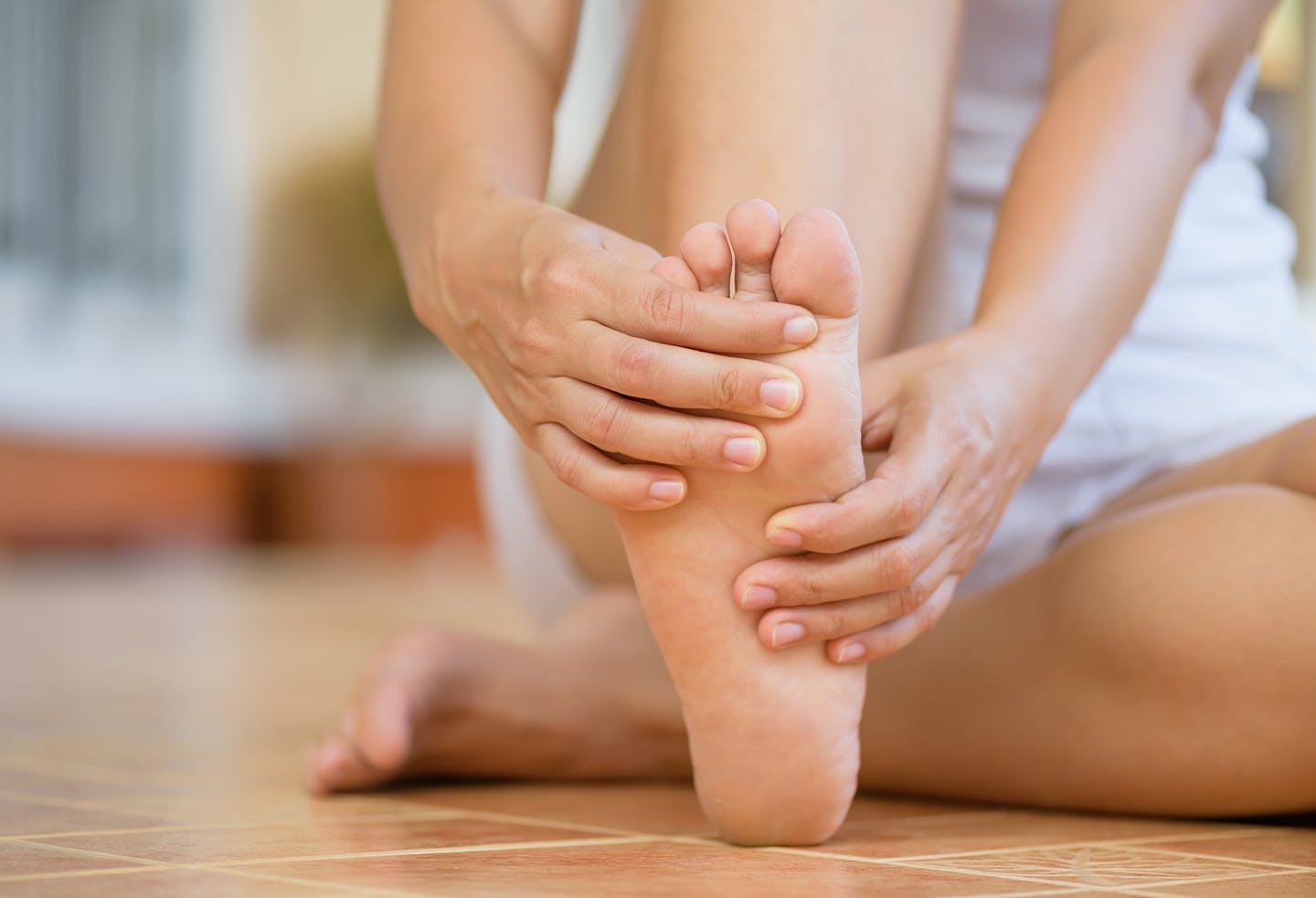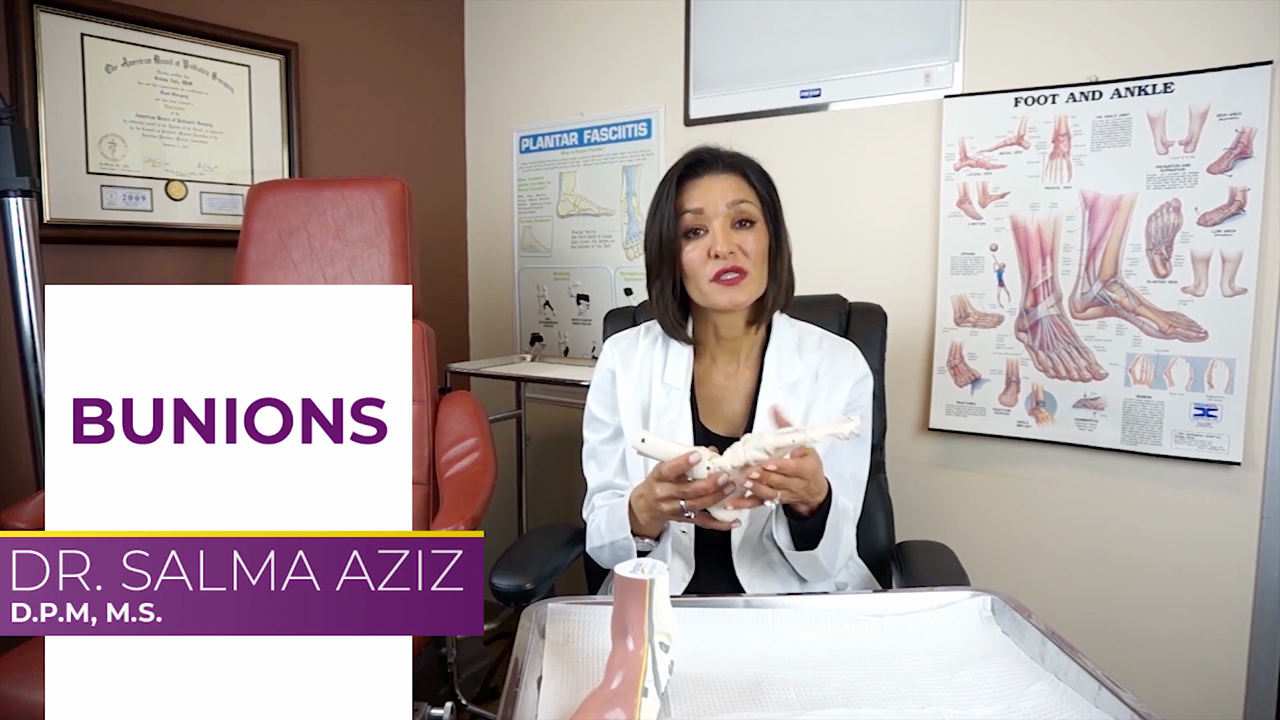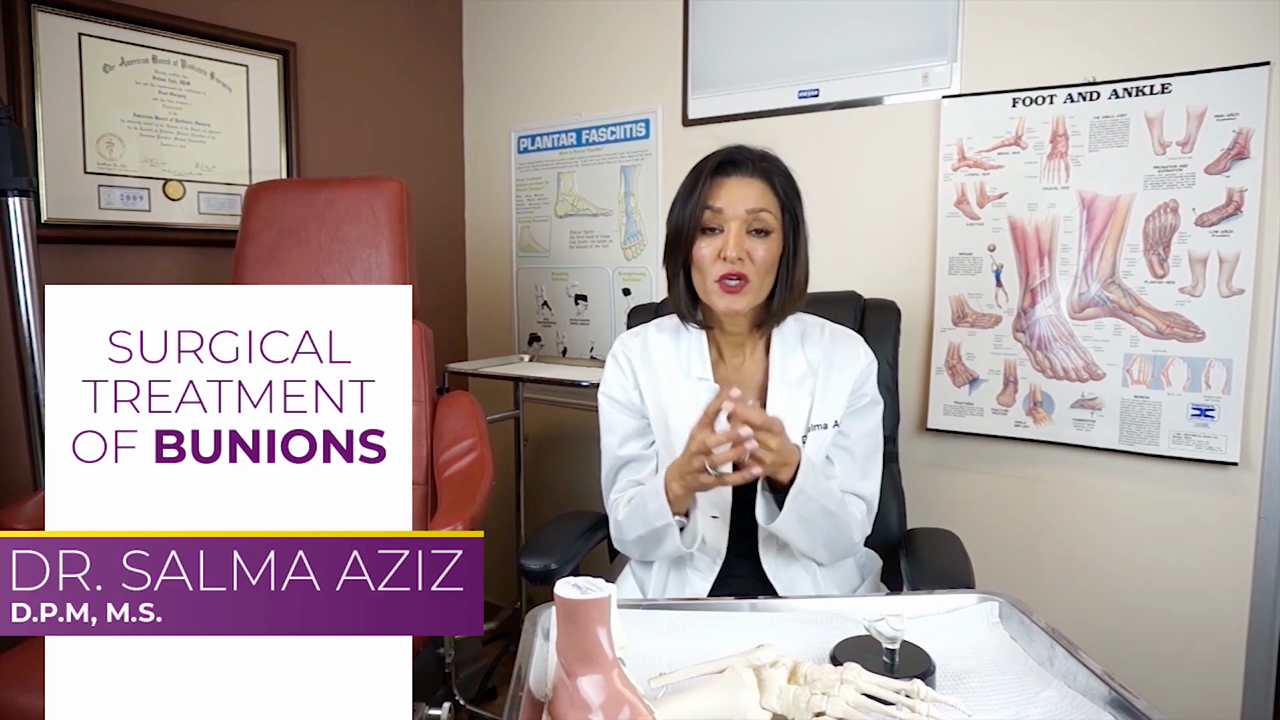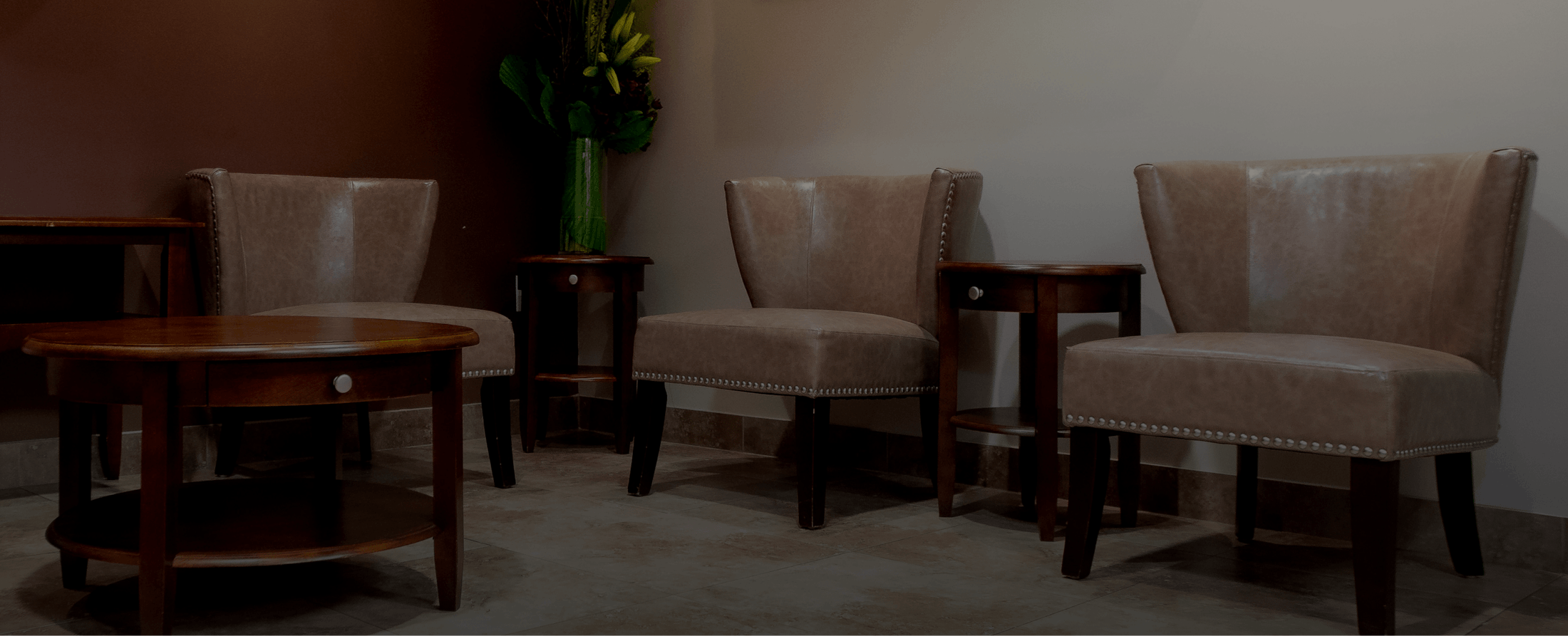Bunions form as bony protrusions at the joint where the big toe joins the foot, and they can range from no pain at all to severe discomfort. Fortunately, we offer a variety of bunion treatments in Newport Beach.
What Causes Bunions?
While it’s not known exactly why some people develop bunions, there are some theories:
- Bunions may be a hereditary condition, as some people appear to have an inherited foot type that predisposes them to develop them.
- Injuries to the foot can lead to bunions.
- Congenital deformities, meaning deformities that are present at birth, can lead to bunions.
- There are healthcare providers who believe that wearing tight, narrow, or high-heeled shoes can lead to the development of bunions. At the very least, this type of footwear can certainly aggravate bunions.
- Individuals with inflammatory arthritis are more prone to developing bunions.











